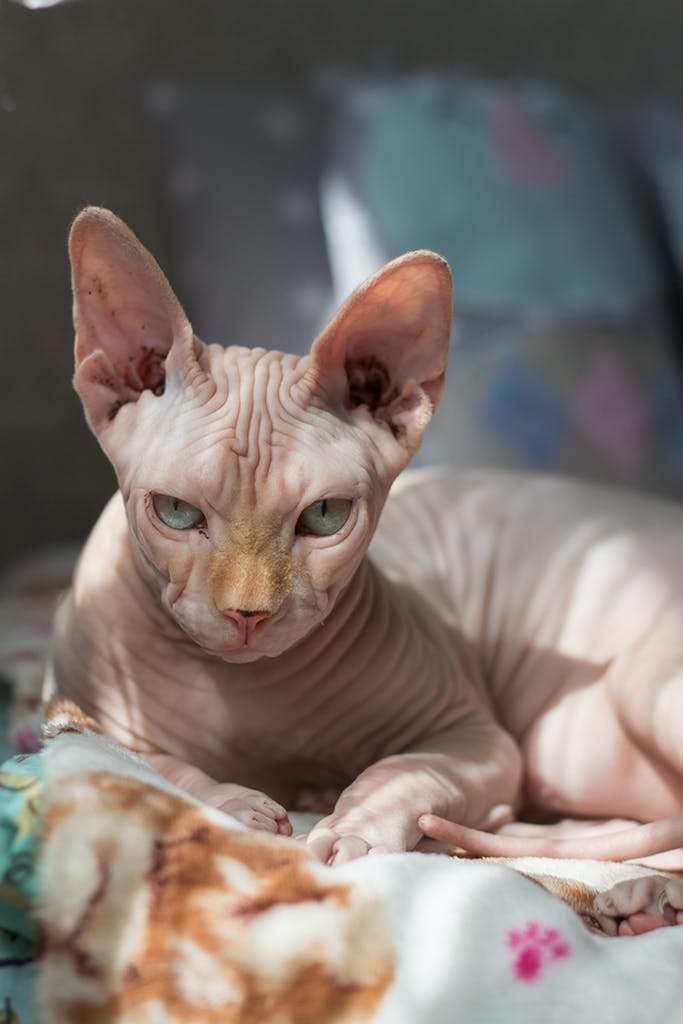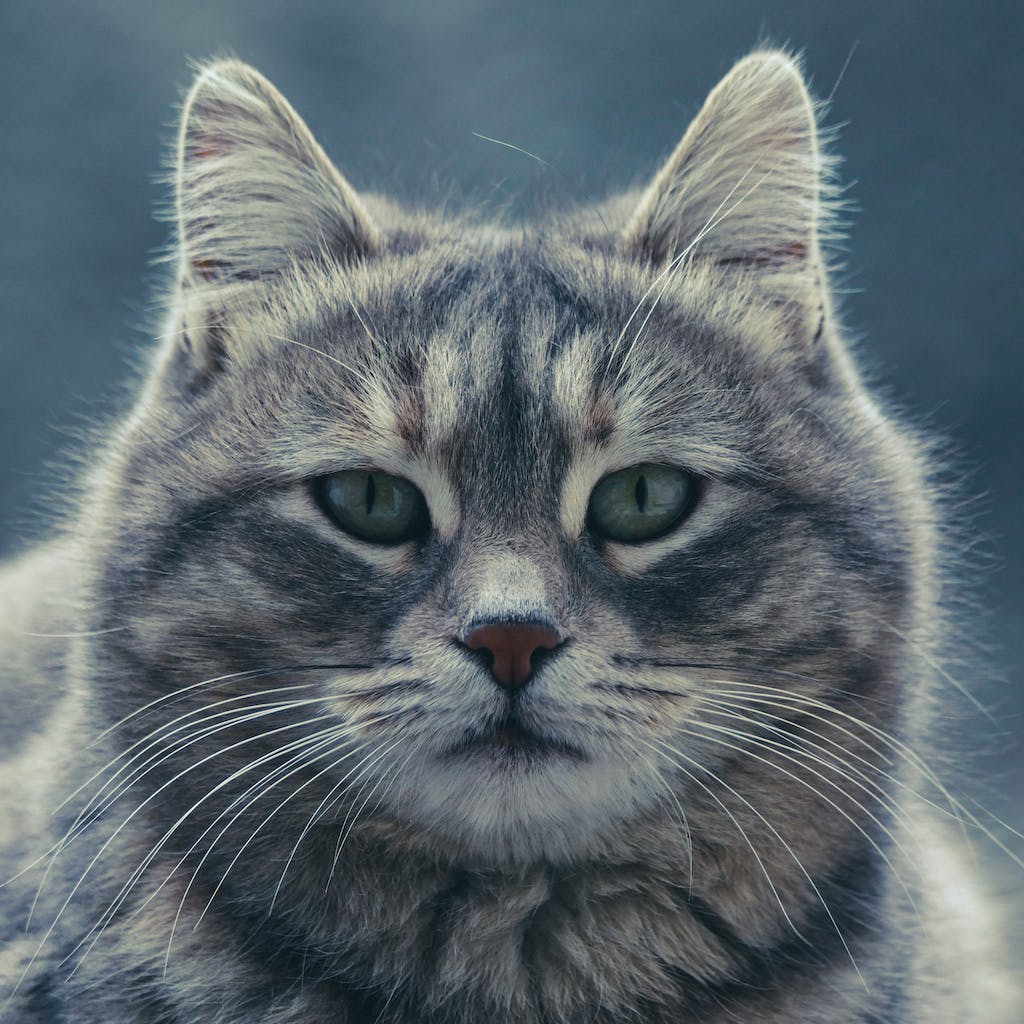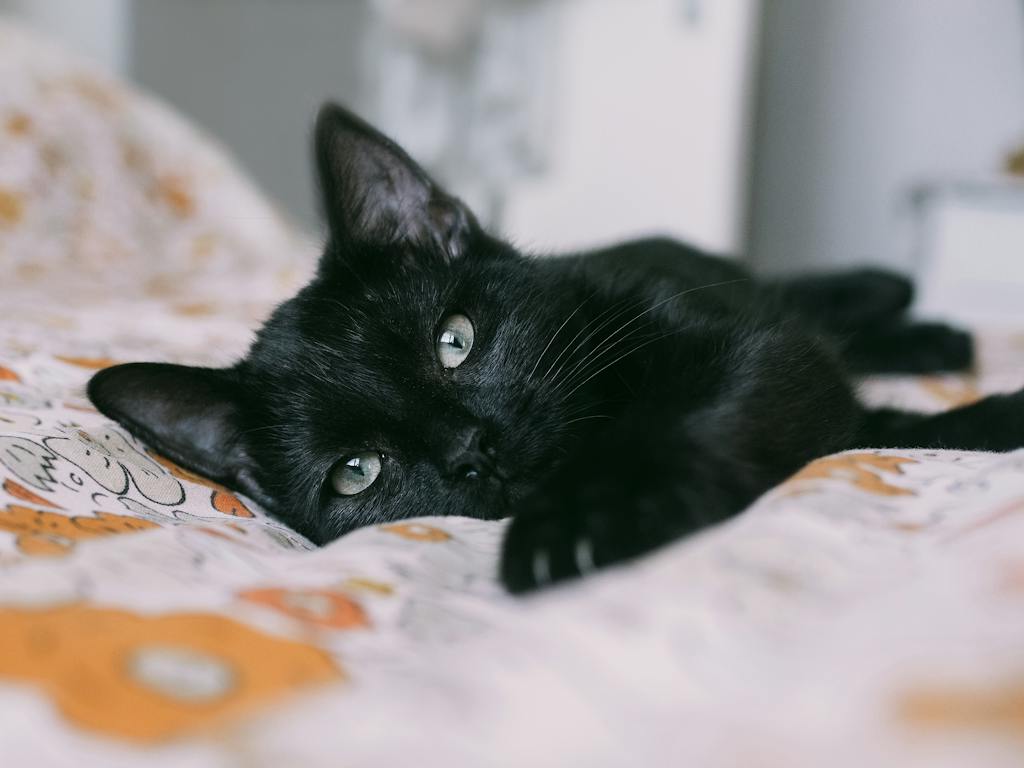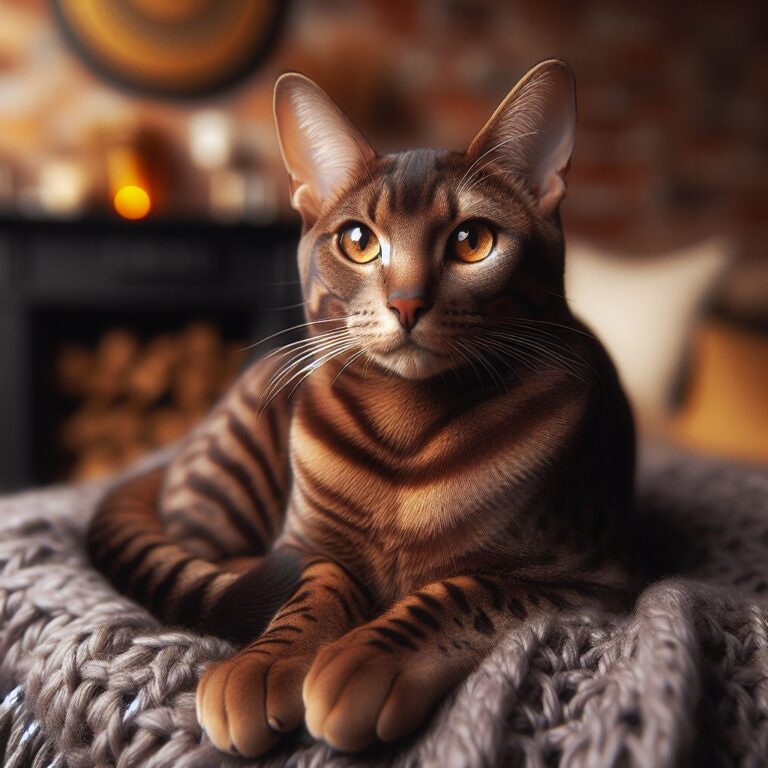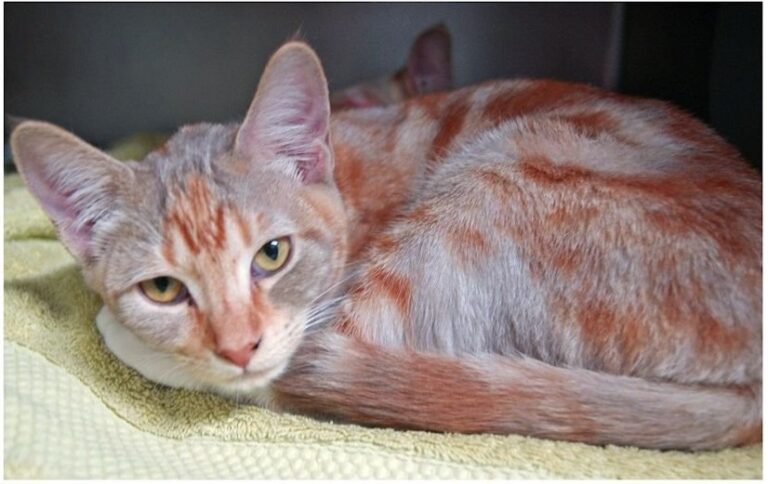Hairless Cat Secrets: Unlock the Mysteries of Sphynx!
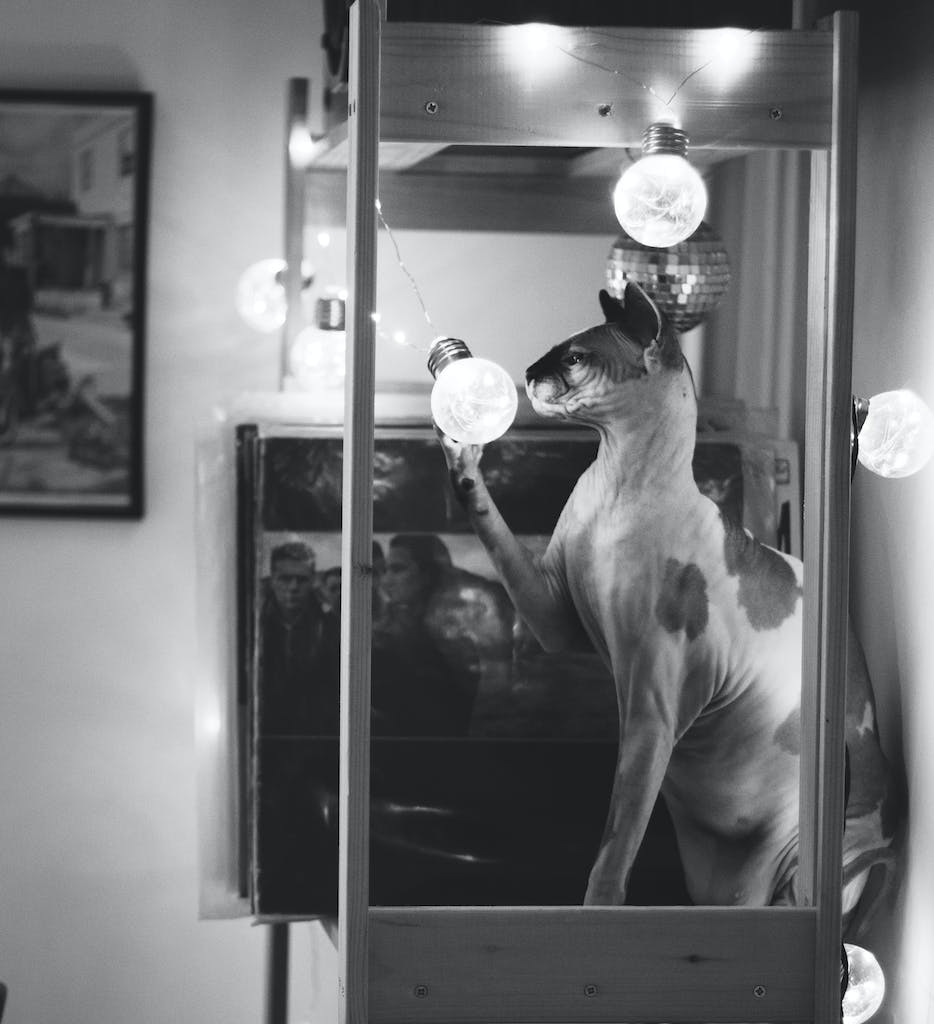
Hairless cats, with their distinctive appearance and unique charm, have captivated the hearts of many cat lovers around the world. These intriguing felines are not only a sight to behold but also possess personalities that are as endearing as their smooth skins. If you’re considering bringing one of these unique pets into your home, it’s essential to delve into the world of hairless cats to understand their breeds, care requirements, and what to expect before you adopt.
History and Origin of Hairless Cats
Hairless cats have a history that is as intriguing as their appearance. While many might think that the hairless cat is a product of modern breeding techniques, their origins date back centuries. The Aztecs reportedly kept hairless cats, and there have been various occurrences of naturally hairless cats throughout history.
The modern hairless cat breeds we know today, however, have a more traceable lineage. The most well-known breed, the Sphynx, originated in the 1960s in Canada from a genetic mutation. Since then, careful breeding programs have helped to establish the breed and maintain its health and unique characteristics.
Popular Hairless Cat Breeds
When it comes to hairless cat breeds, there are a few that stand out. Each breed has its own set of characteristics and personality traits that make them unique.
Sphynx
The Sphynx is perhaps the most famous hairless cat breed, known for its extroverted behavior, high energy, and friendly nature. They are sociable and love human attention, making them excellent companions.
Peterbald
Originating from Russia, the Peterbald is a newer hairless breed known for its elegant stature and playful demeanor. They are intelligent, affectionate, and enjoy being involved in family activities.
Ukrainian Levkoy
The Ukrainian Levkoy is distinctive with its inward-folding ears and angular face. They are gentle, friendly, and adapt well to different environments.
Caring for a Hairless Cat
Caring for a hairless cat involves some unique considerations to keep them healthy and happy.
Skin Care and Grooming
Without fur, hairless cats require regular bathing to remove the buildup of oils on their skin. Use a gentle, cat-specific shampoo and ensure they are thoroughly dried afterward to prevent skin irritation.
Dietary Needs
Hairless cats have a higher metabolism to maintain body heat without the insulation of fur. This means they may require more food than their furry counterparts. Ensure a balanced diet appropriate for their age and health status.
Exercise and Play
These active breeds need plenty of playtime and mental stimulation. Interactive toys and regular play sessions will help keep them engaged and fit.
Environmental Considerations
Hairless cats are sensitive to temperature extremes. They need a warm environment in the winter and protection from the sun in the summer to prevent skin damage.
Health Considerations for Hairless Cats
Hairless cats are generally healthy, but like all breeds, they have specific health issues to watch for.
Common Health Issues
Some common health concerns include skin issues, dental problems, and respiratory infections. Regular check-ups with a veterinarian can help catch and address these early.
Preventative Care and Regular Vet Visits
Preventative care, including vaccinations, parasite control, and dental care, is crucial for hairless cats. Regular vet visits will help ensure they stay healthy.
Genetic Conditions to Be Aware Of
Hairless cat breeds can be prone to certain genetic conditions, such as hypertrophic cardiomyopathy. Work with a reputable breeder and vet to understand any potential risks.
The Cost of Owning a Hairless Cat
Owning a hairless cat comes with financial responsibilities.
Initial Adoption Fees
The cost to adopt a hairless cat can be higher than other breeds due to their rarity. Expect to pay a premium for a well-bred kitten.
Ongoing Care Costs
The ongoing costs include high-quality food, grooming supplies, and regular veterinary care. These can add up, so budget accordingly.
Potential Health Care Expenses
Be prepared for potential health care expenses, including those for any genetic conditions or the special dermatological care they may require.
Is a Hairless Cat Right for You?
Before adopting a hairless cat, consider your lifestyle and ability to meet their needs.
Lifestyle Considerations
Hairless cats require time and attention. They thrive in environments where they can interact with their human companions.
Allergy Considerations
While often touted as hypoallergenic, hairless cats can still produce allergens through their skin and saliva. Spend time with the breed to see if they trigger allergies.
Time and Commitment Required
These cats need daily care and attention. Ensure you have the time and commitment to provide for their needs.
Conclusion
Hairless cats are more than just their unique looks; they are loving, lively companions with specific care needs. By understanding these needs and considering your ability to meet them, you can ensure a happy and healthy life for your hairless friend. If you’re ready for the rewarding challenge of caring for one of these special felines, adopt responsibly and enjoy the unique bond that comes with owning a hairless cat.
We invite you to share your experiences or ask questions in the comments below. If you’re looking for more information, explore our related articles and resources on hairless cats. Your journey with these fascinating creatures is just beginning!

